
Printed books — Valuable Books and Manuscripts
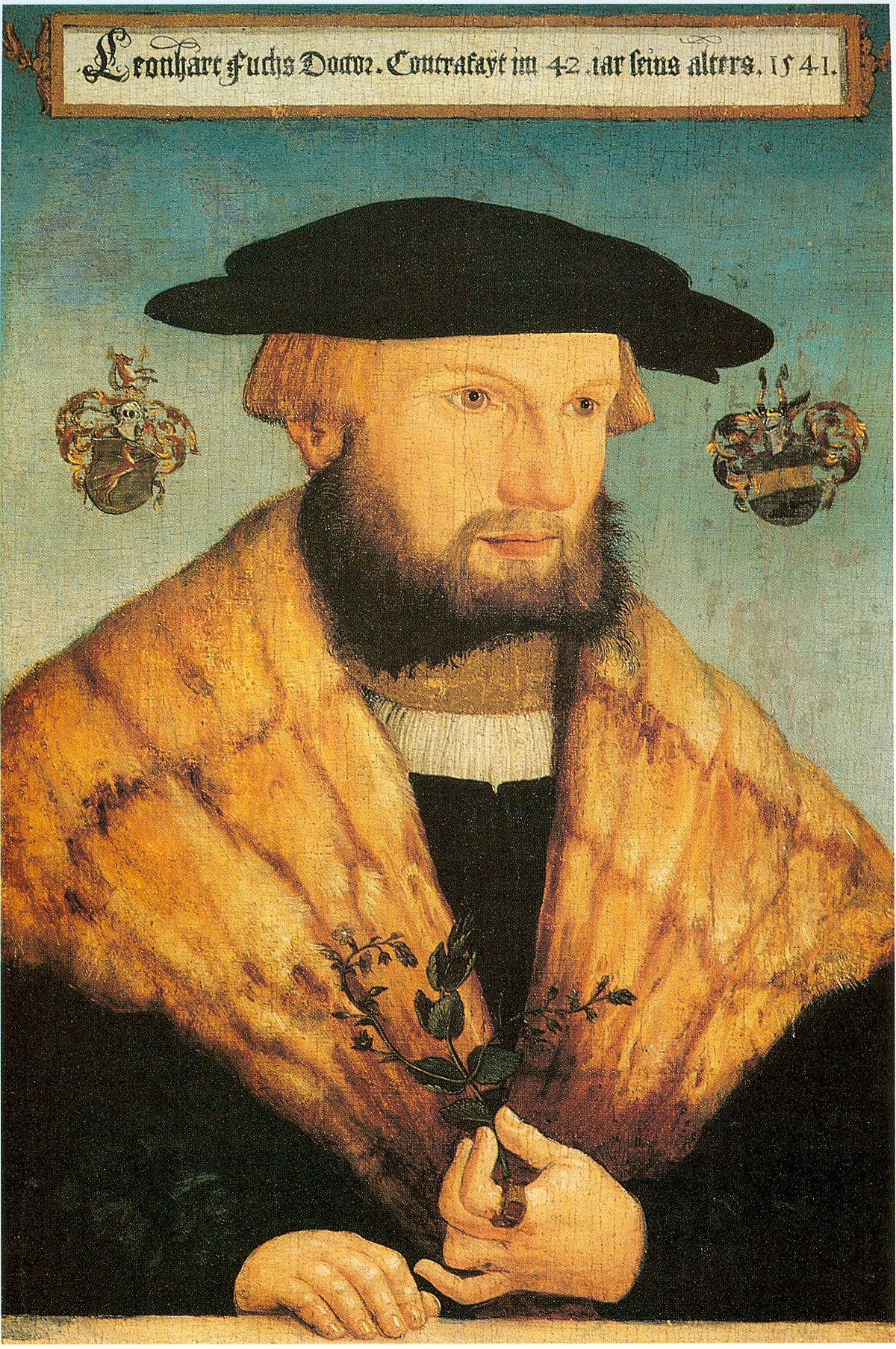
Leonhart Fuchs was a German humanist scientist, botanist, and physician.
Fuchs received a humanistic education under Catholic guidance, but later became a Protestant. He studied medicine and became a professor in Tübingen. He was most interested in the medicinal properties of plants. Well acquainted with the Greek and Latin classics and an excellent observer, he gave precise descriptions, and his beautiful engravings of plants established the tradition of depicting plants with precise illustrations and in alphabetical order.
In 1542 Fuchs published his most important work, De Historia Stirpium Commentarii Insignes (Famous Commentaries on the History of Plants). The book was a great success, especially because of the magnificent woodcuts and the 487 plants, which were described for the first time in such a systematic form. De Historia Stirpium survived several editions and was translated into Dutch and German.

Johannes Kepler was a German mathematician and astronomer who discovered that the Earth and planets move around the Sun in elliptical orbits.
Kepler created the three fundamental laws of planetary motion. He also did seminal work in optics and geometry, calculated the most accurate astronomical tables, and made many inventions and discoveries in physics on which further scientific discoveries by advanced scientists were based.

Johannes Kepler was a German mathematician and astronomer who discovered that the Earth and planets move around the Sun in elliptical orbits.
Kepler created the three fundamental laws of planetary motion. He also did seminal work in optics and geometry, calculated the most accurate astronomical tables, and made many inventions and discoveries in physics on which further scientific discoveries by advanced scientists were based.
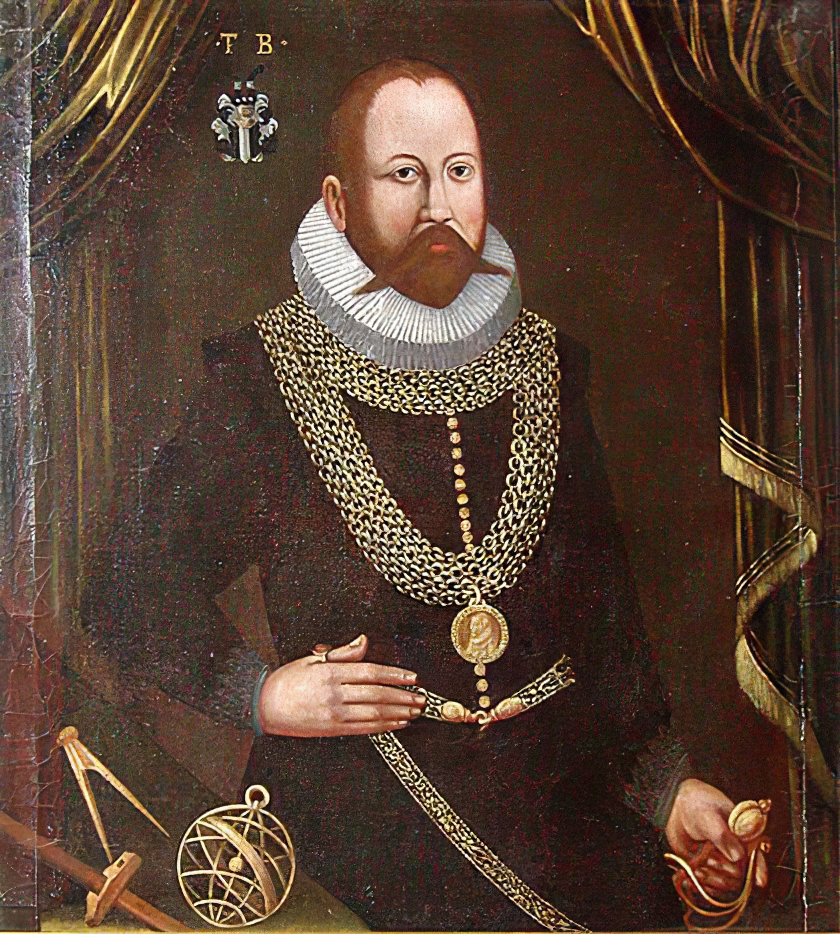
Tycho Brahe, born Tyge Ottesen Brahe, more commonly called Tycho, was a prominent Danish astronomer, astrologer, and alchemist of the Renaissance.
As a young man he traveled extensively throughout Europe, studying in Wittenberg, Rostock, Basel, and Augsburg and acquiring mathematical and astronomical instruments. In 1572 Tycho unexpectedly even for himself discovered a new star in Cassiopeia, and the publication of this turned the young Dane into an astronomer of European reputation. For further astronomical research he established an observatory and gathered around him modern progressive scientists.
Besides practicing astronomy, Tycho was an artist, scientist, and craftsman, and everything he undertook or surrounded himself with had to be innovative and beautiful. He even founded a printing house to produce and bind his manuscripts in his own way, and he perfected sanitary ware for convenience. His development of astronomical instruments and his work in measuring and fixing the positions of the stars laid a solid foundation for future discoveries.
Tycho's observations - the most accurate possible before the invention of the telescope - included a comprehensive study of the solar system and the precise positions of more than 777 fixed stars. What Tycho accomplished using only his simple instruments and intellect remains a remarkable achievement of the Renaissance.
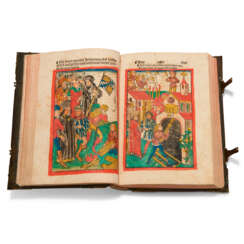





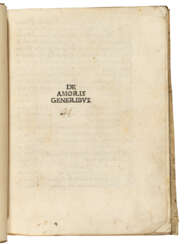

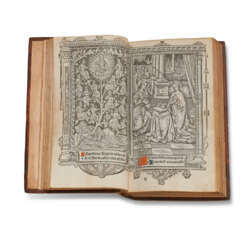

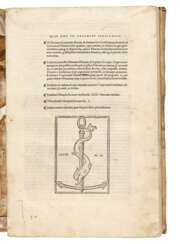



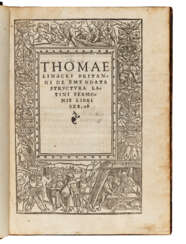

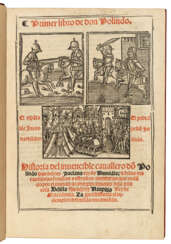

![FARGHANI, Ahmad Ibn Muhammad al- (c.800-870) [ALFRAGANUS]](/assets/image/picture_2585488/b2dc2/1738f671edb1755923d3628b40f4dd701670972400jpg__fix_374_244.jpeg)
![FARGHANI, Ahmad Ibn Muhammad al- (c.800-870) [ALFRAGANUS]](https://veryimportantlot.com/assets/image/picture_2585488/b2dc2/1738f671edb1755923d3628b40f4dd701670972400jpg__fix_374_244.jpeg)


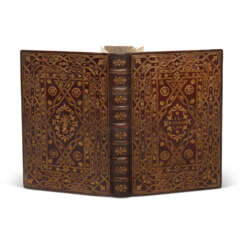

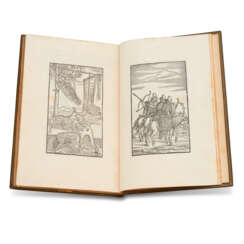

![[CECIL, William (1520-1598)] – DIO CASSIUS (c.155 - after 229).](/assets/image/picture_2585761/b4271/ded4a04209bf4416a02a3c3c87e3e1901670972400jpg__fix_374_244.jpeg)
![[CECIL, William (1520-1598)] – DIO CASSIUS (c.155 - after 229).](https://veryimportantlot.com/assets/image/picture_2585761/b4271/ded4a04209bf4416a02a3c3c87e3e1901670972400jpg__fix_374_244.jpeg)
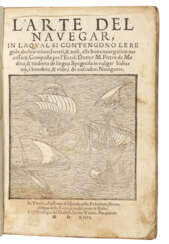

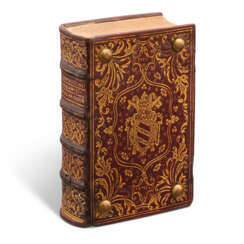

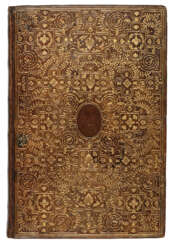

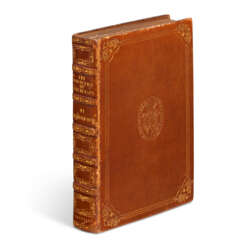



![[BINDING, DOS-À-DOS]](/assets/image/picture_2585453/a7d26/9aeb4d279544db33b337523c4d291ffe1670972400jpg__fix_374_244.jpeg)
![[BINDING, DOS-À-DOS]](https://veryimportantlot.com/assets/image/picture_2585453/a7d26/9aeb4d279544db33b337523c4d291ffe1670972400jpg__fix_374_244.jpeg)
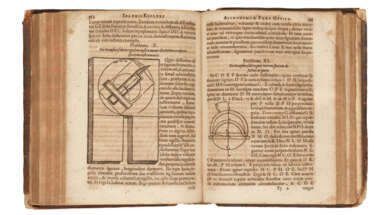

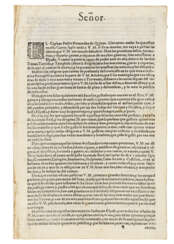

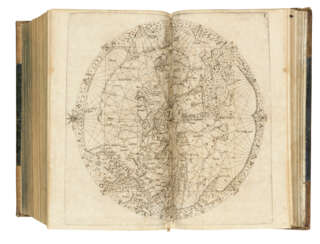

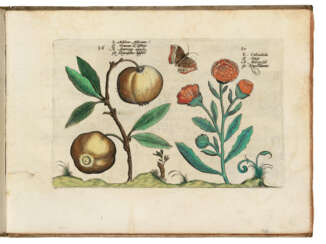

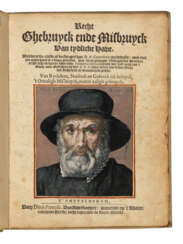

![[JAMNITZER, Wenzel (1507/1508-1585)]](/assets/image/picture_2584980/29a2b/0e8ab9b2d6581e3e018116742c24df231670972400jpg__fix_374_244.jpeg)
![[JAMNITZER, Wenzel (1507/1508-1585)]](https://veryimportantlot.com/assets/image/picture_2584980/29a2b/0e8ab9b2d6581e3e018116742c24df231670972400jpg__fix_374_244.jpeg)
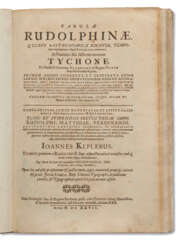

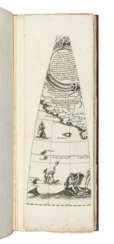

![[BRATHWAIT, Richard (1588?-1673)]](/assets/image/picture_2584885/d05a1/ddc9a4eb8bd98a8a60a7a9863293a9ae1670972400jpg__fix_374_244.jpeg)
![[BRATHWAIT, Richard (1588?-1673)]](https://veryimportantlot.com/assets/image/picture_2584885/d05a1/ddc9a4eb8bd98a8a60a7a9863293a9ae1670972400jpg__fix_374_244.jpeg)

